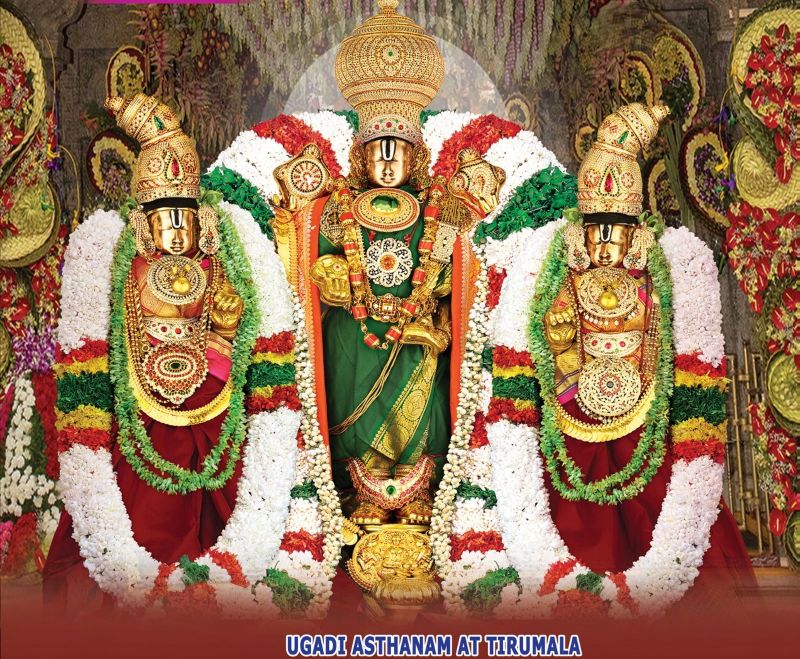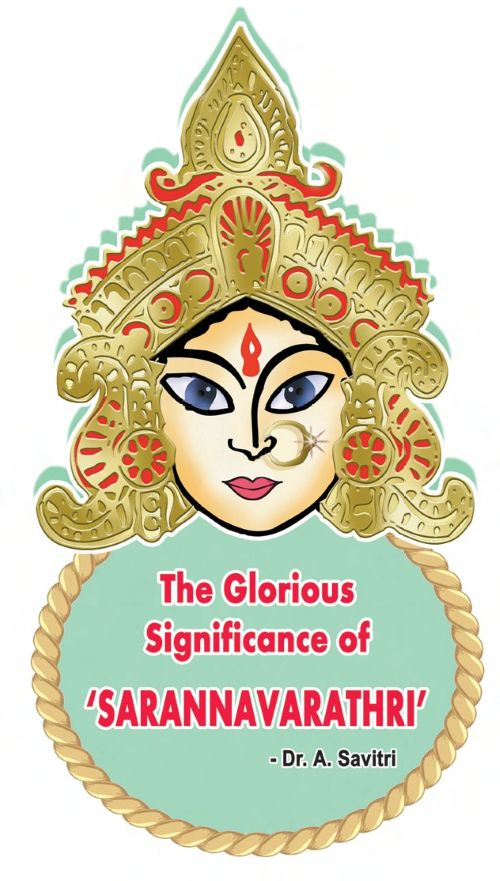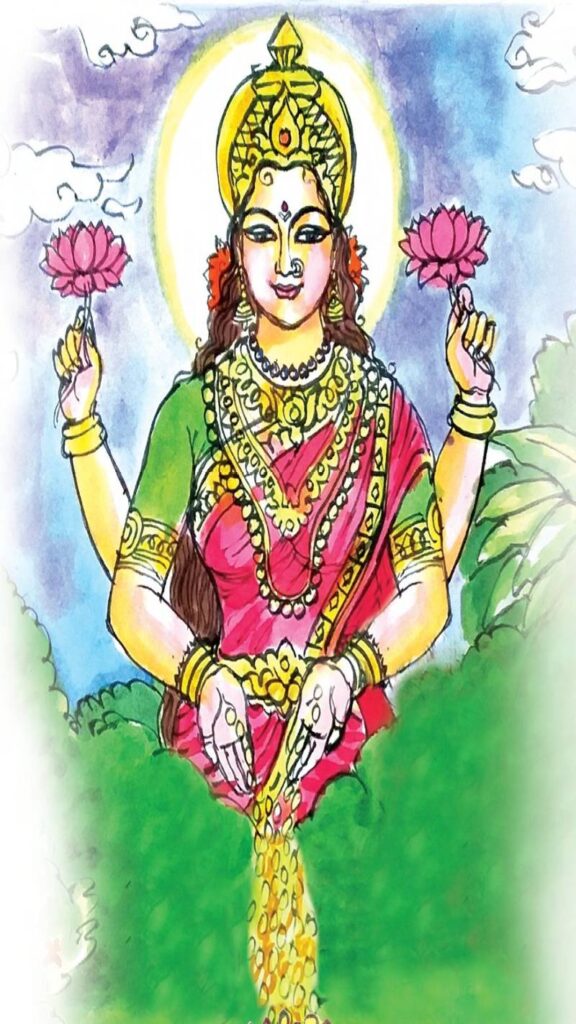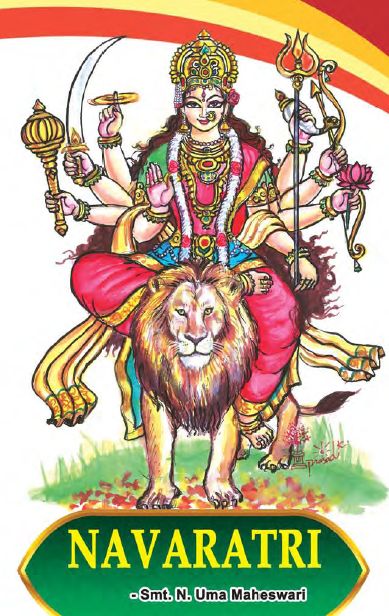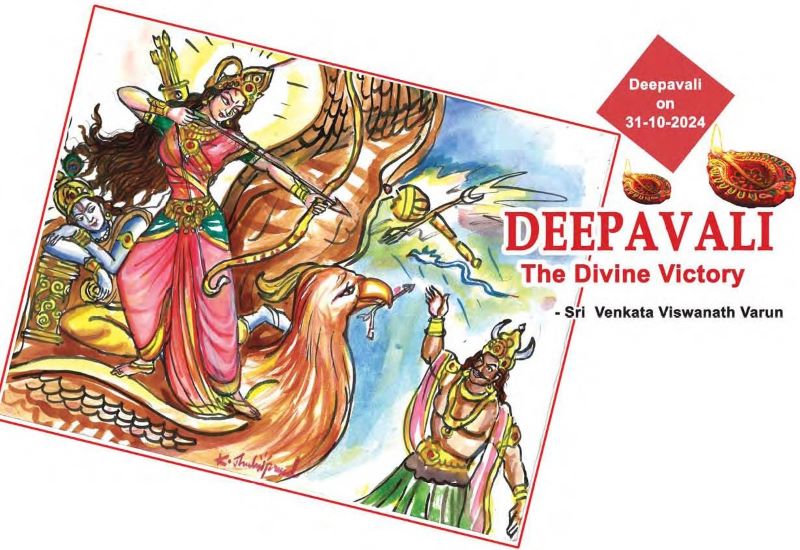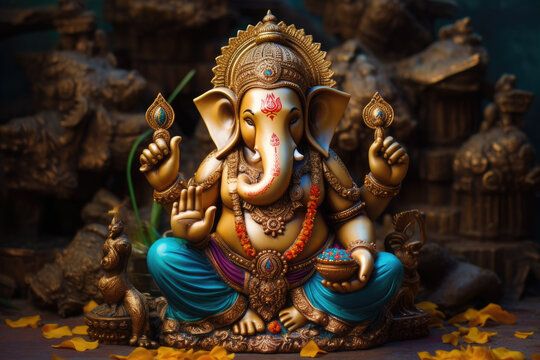Tirumala Ugadi 2025 Festival: Special Pujas and Events Sri Maha Vishnu while descending on our planet from Vaikunta brought with him beautiful mountains, valleys and water bodies. In addition, he brought along his chief attendant Sri Garuda and other retinue. He has blessed Telugu land with his choice of place and made Tirumala as Vaikunta Read More
Category: Festivals
A festival is an extraordinary event celebrated by a community and centering on some characteristic aspect or aspects of that community and its religion or cultures.
What is Aadi Krithigai? Celebrating Lord Murugan in Tamil Nadu
Aadi Krithigai: Festival of Lord Murugan The star Kruthika is associated with Lord Subrahmanya Swami. He is the son of Lord Siva and Goddess Parvathi and is being worshipped by many devotees. ‘AADI’ otherwise called ‘AASHADA’, is the first month of Dakshinayana, marking the travel of the Sun towards the Southern hemisphere, being the auspicious Read More
Glorious Significance of Navaratri (9 Forms of Goddess Durga)
Devi Sarannavarathrulu / Navaratri / Vijaya Dasami According to the Telugu calendar, the first nine days of ‘Aswyuja Masam Sarath Ruthuvu’ is called ‘Devi Sarannavarathrulu’. The tenth day of that month is called ‘Vijaya Dasami’. ‘Navaratri’ means ‘Nine nights’. Nights provide rest and rejuvenation. During the night time, people sleep and feel relaxed. When they Read More
Lakshmi Jayanti: Worship Goddess Lakshmi for Prosperity & Wealth
Sri Lakshmi Jayanthi – 14.03.2025 Lakshmi Jayanti Significance: Why This Day is Important for Wealth & Fortune Penury is the root cause of all sorts of problems. The importance of money cannot be underestimated. To drive away penury from our lives, one has to placate goddess Mahalakshmi who stands as a personification of wealth and Read More
Telugu New Year 2025 (Ugadi): Complete Guide to Celebrations & Traditions
Ugadi: Telugu New Year Festival – Date, Rituals & Food Telugu New Year – Ugadi on 30-03-2025 In every human being, instinctive and intuitive elements correspond to five senses namely sound, touch, sight, taste, and smell. These five elements are the foundational building blocks of the physical universe in the philosophy of Yoga. The ‘Panchabhutalu’ Read More
Celebrations at Tirumala – Ugadi 2025
Tirumala Ugadi 2025 Festival: Special Pujas and Events Sri Maha Vishnu while descending on our planet from Vaikunta brought with him beautiful mountains, valleys and water bodies. In addition, he brought along his chief attendant Sri Garuda and other retinue. He has blessed Telugu land with his choice of place and made Tirumala as Vaikunta Read More
Nagula Chavithi 2024: Date, Puja Vidhi, Significance & Story
Nagula Chavithi – The Worship of Snake Gods Serpents are worshipped in the form of demi-gods by the devotees across our country twice a year. The fourth day in the month of Sravanam (Chavithi) and the month of Kartika are celebrated as Nagula Chavithi. The next days of these respective months are Garuda Panchami and Read More
Maha Navaratri (Sarada Navaratri) – 9 Nights
Sarada Navaratri – Maha Navaratri The festival Navaratri has a profound religious significance. It is believed that during these days, Goddess Durga specially descended on the earth to bless Her devotees to annihilate evil and establish ‘sanatana dharma’ firmly in the world. Goddess Durga is seen as a lion in a sitting posture. The lion Read More
Deepavali – The Divine Victory
Deepavali – The Festival of Lights Deepavali, the Festival of Lights, is celebrated with great enthusiasm and devotion across India. Among the many legends associated with this festival, the story of Lord Krishna and His consort Satyabhama’s victory over the demon Narakasura stands out. This tale is a testament to the triumph of good over Read More
Glorious forms of Lord Ganesha
Glory of Lord Ganesha Ganesha is worshipped across India as the Lord of benignity and auspiciousness. He is also the God of wisdom. Before undertaking any work Hindus offer their obeisance to Lord Ganesha. It is believed that He is instrumental in removing all hurdles, hence he is called ‘Vighneswara’. He is invoked at the Read More
